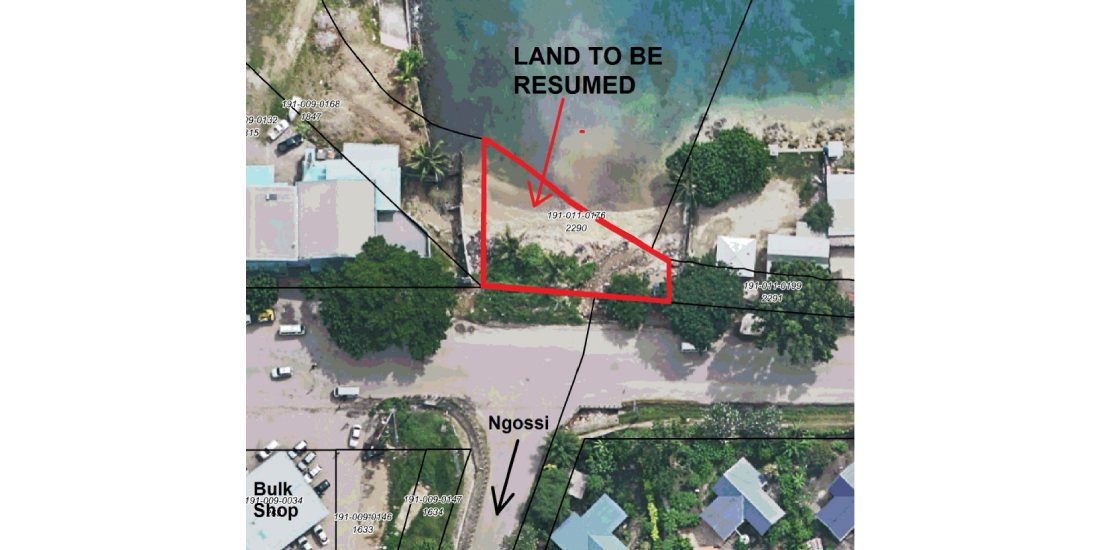The Ministry of Infrastructure Development (MID) has welcomed the High Court decision delivered on Friday 16th May, for the resumption of land at the foreshore opposite the Ngossi/Tasahe junction at Rove along the Tandai Highway, West Honiara.
MID, in a statement on Tuesday, welcomes this ruling, which marks a milestone in addressing longstanding challenges related to easements, drainage systems, and road encroachment that have hindered the Transport Infrastructure Management Service Division (TIMSD) from executing their road expansion plan over the past years.
MID also extends its appreciation to the Crown Counsels of the Attorney General’s Chamber for their dedication in defending these cases, ensuring that public interests are upheld in the courts.
“This landmark ruling paves the way for constructive dialogue with residential and business entities that are currently occupying or encroaching on road reserves,” the statement said.
Deputy Secretary Technical Mike Qaqara adds that this High Court ruling serves as a reminder for those who build structures blocking off drainage easements.
“Our engineering teams have faced challenges with the current road expansion under the Land and Maritime Connectivity Project (LMCP).”
Mr. Qaqara cited cases where road work teams were disallowed access to drain outlets for maintenance.
“So, this ruling will reaffirm government authority to reclaim land, particularly in areas where encroachment impedes drainage outlets, public access, or hinders maintenance activities.”
He further revealed that the Rove junction is slated for a roundabout under the ongoing project as more space is needed for this work by the contractor.
He reiterated, “Business houses along the main highway must respect drainage easements—specifically the rights held for maintenance and emergency access—so that ongoing upkeep such as drainage clean-ups and repairs can proceed without hindrance.”
He also stated that they are working closely with the Commissioner of Lands to address easement and encroachment issues.
The same applies to feeder road reserves, which are critical zones set aside for future expansions and serve as road furniture for bus stops and utility service improvements (electricity, water/sewage, communication lines) aimed at enhancing connectivity and transportation efficiency across Honiara city.
MID also acknowledges the Honiara Local Planning Scheme 2015, which provides guidelines for all developments within the city, including roads—secondary roads that lead into communities and the fringes of Guadalcanal Province jurisdiction. The Road Transport Act sets regulations for road zones as well.
The legally required road reserve in Honiara for primary roads (main roads) is 30 meters.
Various sections of the road and drainage systems have become obstructed due to unauthorized encroachments, such as erecting betel nut stalls, fencing, house extensions, and other structures—posing significant challenges for our road construction crews as they strive to expedite essential maintenance and expansion tasks.
The ministry’s Safeguards team continues to conduct awareness campaigns in communities along routes in Honiara that have been scoped for road and drainage expansion, supporting ongoing road construction and future projects.
MID also plans to develop a stand-alone drainage bill that will complement the national Building Code Bill once it is passed in Parliament this year.
– MID Press









